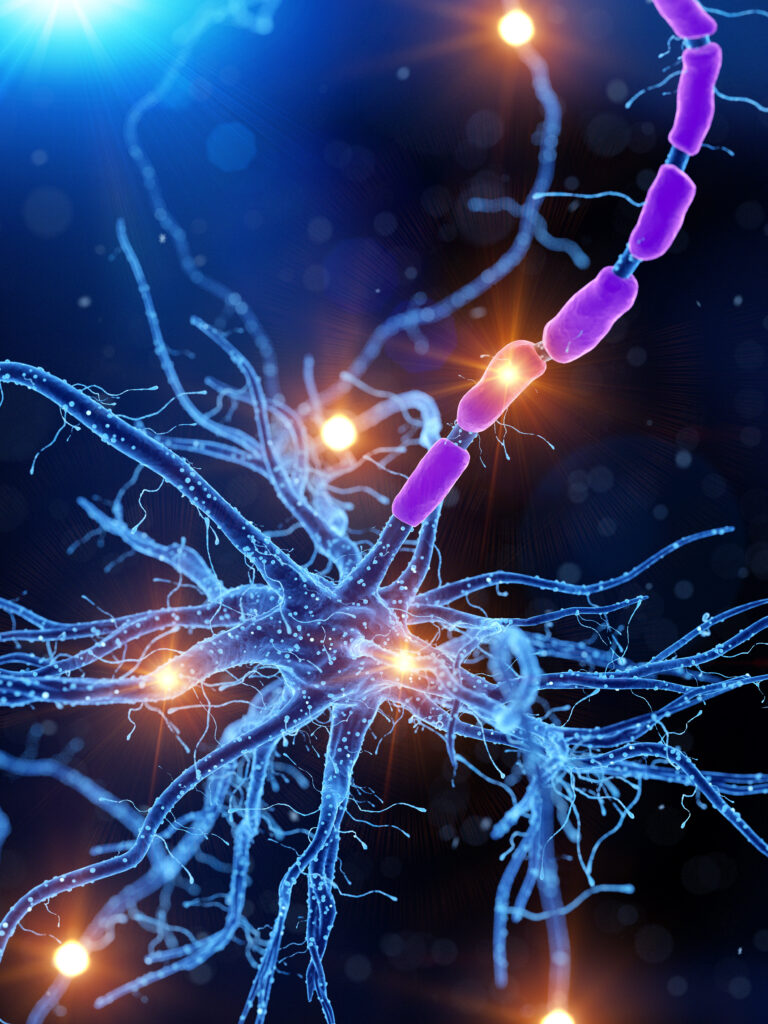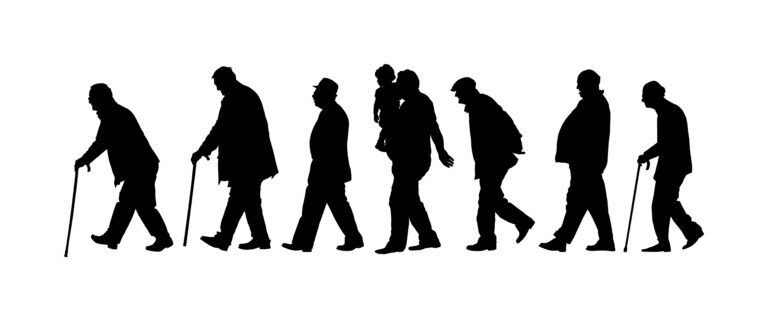**Why Your Dislike of Jigsaw Puzzles Reflects Pattern Recognition Shifts**
Jigsaw puzzles have been a beloved pastime for many people, offering a fun and challenging way to keep the brain sharp. However, some individuals might find jigsaw puzzles frustrating or unenjoyable. This dislike can often be linked to shifts in how our brains process patterns, which is a fundamental aspect of solving jigsaw puzzles.
### The Basics of Pattern Recognition
Pattern recognition is the ability to identify and understand patterns, which is crucial for solving jigsaw puzzles. When you start a puzzle, you need to recognize the shapes and colors of the pieces to fit them together correctly. This process involves several cognitive skills, including concentration, manual dexterity, and hand-eye coordination.
### The Challenge of Jigsaw Puzzles
Jigsaw puzzles come in various piece counts, from 24 pieces to 5000 pieces, and different cut styles. The most common cut style is the grid cut, where pieces have straight edges and meet at all four corners. However, some puzzles, like those from MasterPieces, use a random cut, where pieces are cut in various shapes and sizes. This irregular cutting adds an extra level of challenge, as it eliminates the visual cues provided by the regular grid pattern.
### The Impact of Pattern Recognition Shifts
For some people, the shift in how they process patterns might make jigsaw puzzles more difficult or less enjoyable. Here are a few reasons why:
1. **Age and Experience**: As we age, our brains undergo natural changes that can affect our ability to recognize patterns. Older adults might find it harder to focus and process visual information, making jigsaw puzzles more challenging.
2. **Cognitive Load**: Jigsaw puzzles require a significant amount of cognitive load, especially for those with high levels of detail and complexity. If someone is already dealing with cognitive fatigue or other mental demands, they might find it harder to enjoy the puzzle.
3. **Visual Processing**: Some people might have differences in their visual processing abilities, which can affect how they perceive and recognize patterns. For instance, individuals with dyslexia or other visual processing disorders might find it harder to distinguish between similar shapes and colors.
4. **Learning Style**: People have different learning styles, and some might find it more difficult to learn through visual means. If someone is more auditory or kinesthetic, they might not enjoy the visual challenge of jigsaw puzzles.
### Alternatives for Those Who Struggle
If you find jigsaw puzzles frustrating, there are other cognitive activities that can help keep your brain sharp without the same level of visual complexity. Here are a few alternatives:
1. **Crosswords**: These puzzles require vocabulary, pattern recognition, and problem-solving skills. They can be completed online or in print and range from easy to challenging levels.
2. **Sudoku**: This numerical puzzle requires logic, reasoning, and problem-solving skills. The goal is to fill in numbers to complete a 9×9 grid, following specific rules.
3. **Logic Grid Puzzles**: These puzzles require deductive reasoning, problem-solving skills, and attention to detail. The goal is to solve a series of clues to complete a grid.
4. **Rubik’s Cube**: This classic 3D puzzle requires spatial reasoning, problem-solving skills, and hand-eye coordination. The goal is to rotate the cube to align colors on each face.
### Conclusion
Disliking jigsaw puzzles can often reflect shifts in how our brains process patterns. Whether it’s due to age, cognitive load, visual processing differences, or learning style, there are many other activities that can help keep your brain sharp. By exploring different types of puzzles and cognitive challenges, you can find activities that suit your needs and preferences, ensuring that you stay mentally active and engaged.





